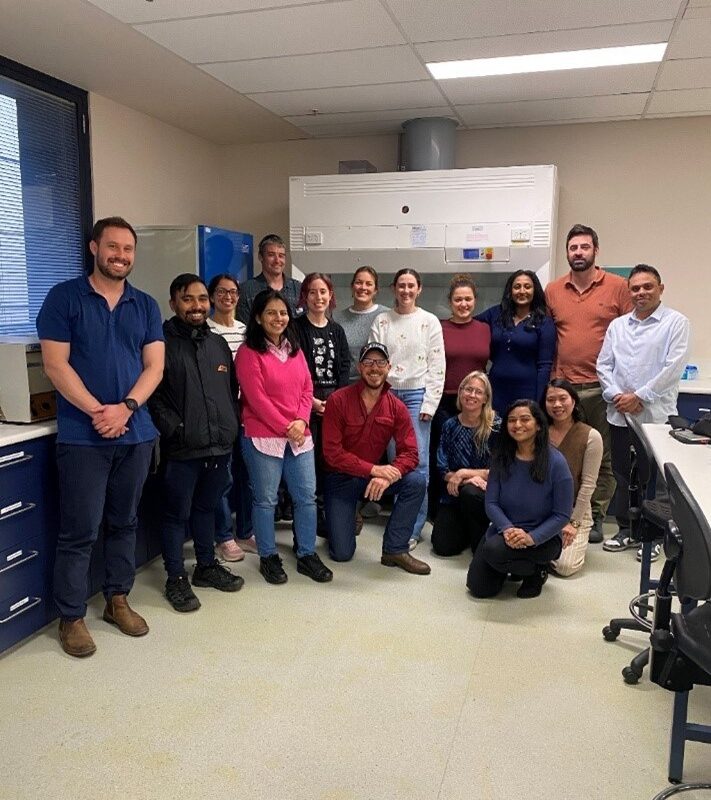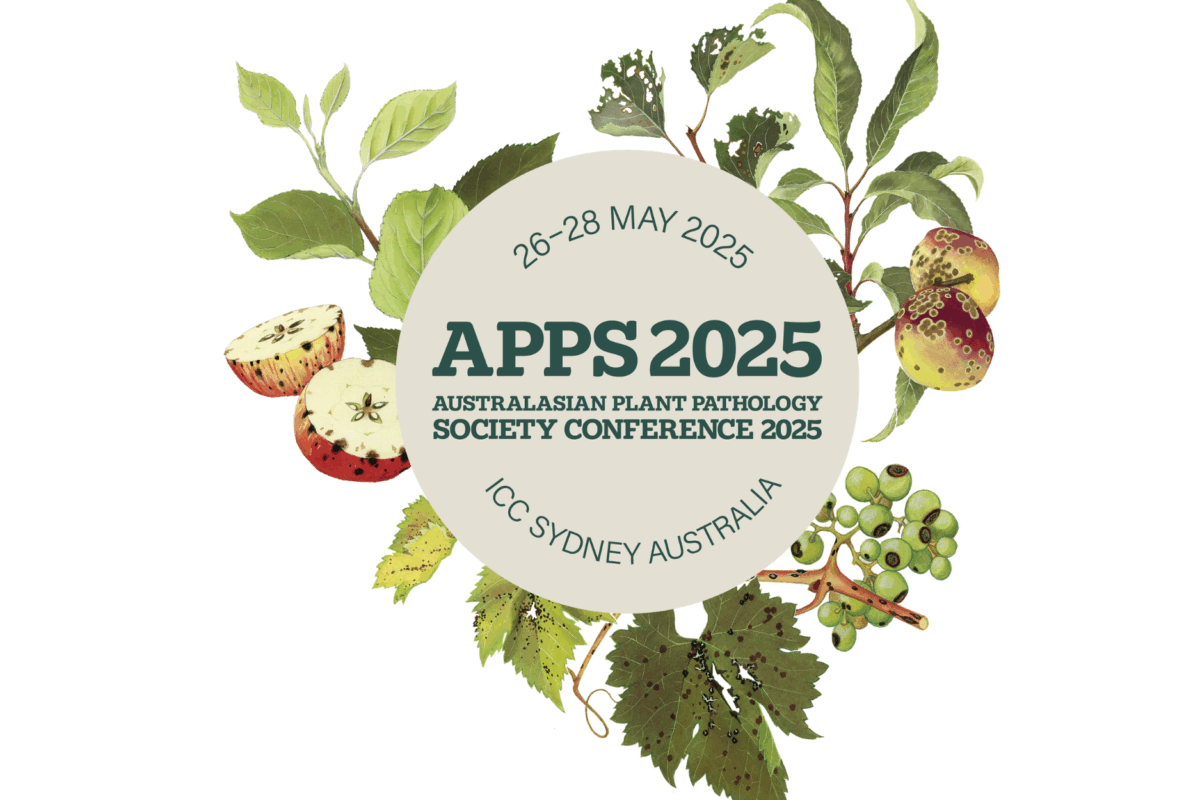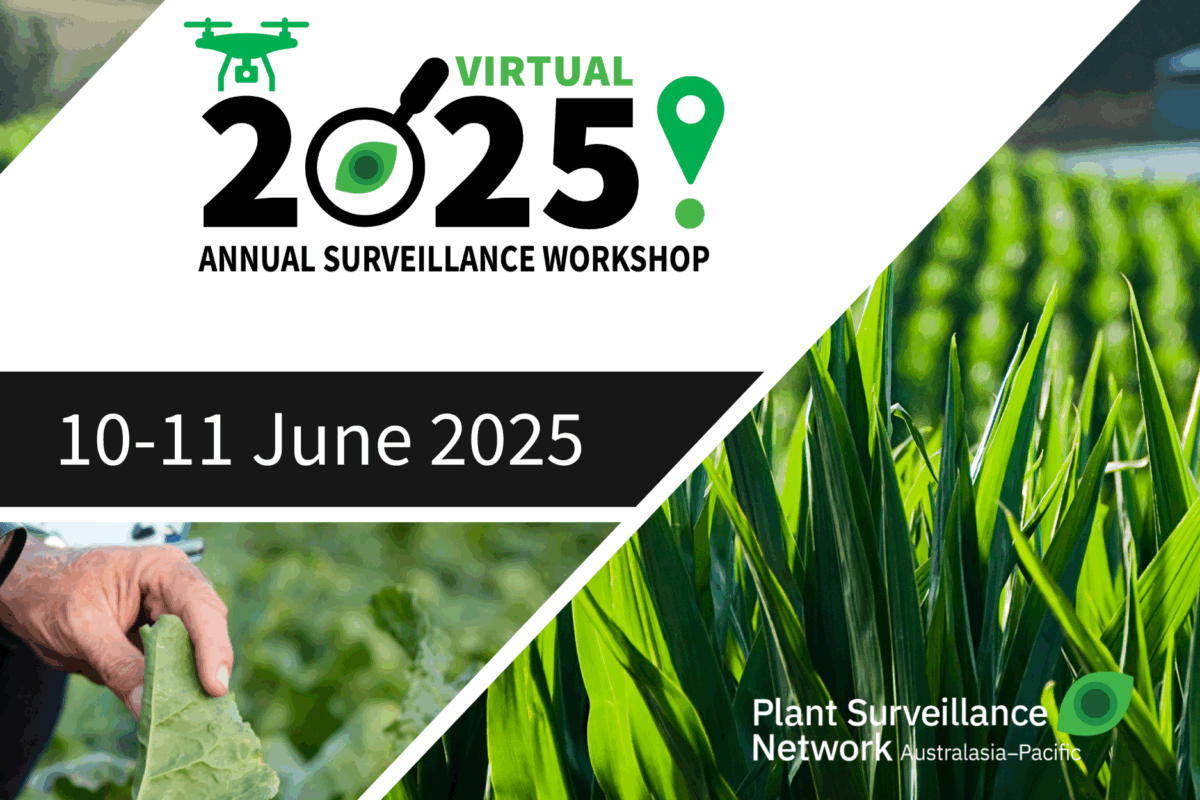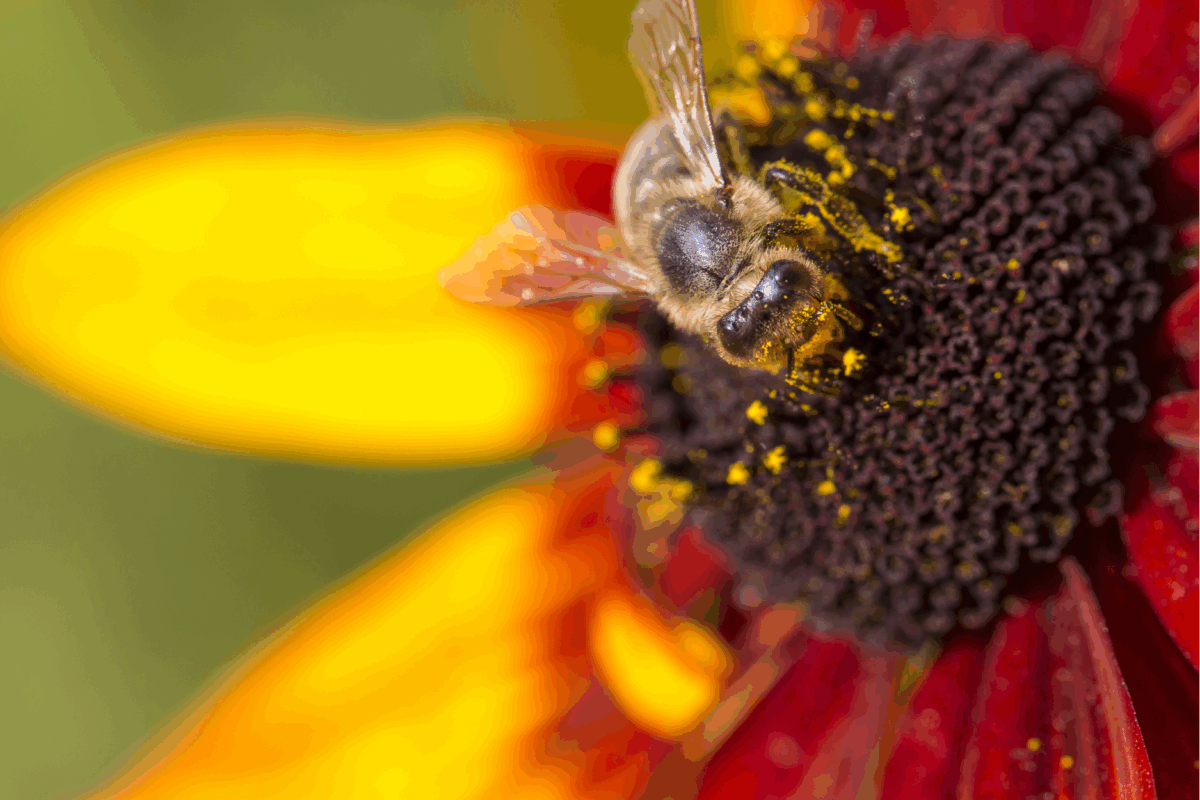Forest biosecurity surveillance stakeholder forum for South Australia
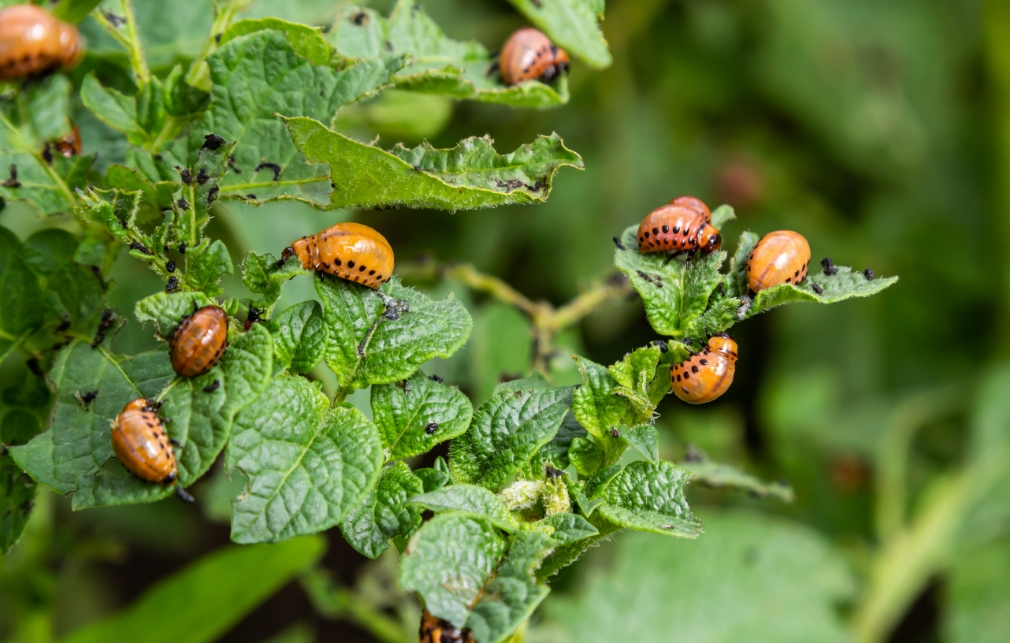
On Tuesday 7 May South Australian forest stakeholders met in Adelaide to discuss the development of a National Forest Pest Surveillance Program.
PHA in collaboration with Primary Industries and Regions SA (PIRSA), the Australian Forest Products Association (AFPA) and the Department of Agriculture and Water Resources (DAWR) organised the forum to gain an understanding of a range of stakeholder’s perspectives on the proposed program.
Attendees included a range of people involved in the South Australian forest sector from industry and state government including natural resource managers, diagnosticians, AFPA representatives, and individuals from nursery tree and plantation forestry companies.
Leon Rademeyer, the South Australian state representative for AFPA opened the forum with a short presentation outlining the value of protecting forests. In his presentation he emphasised the community value of forests as well as their economic value.
Following Leon’s introductory presentation, Paco Tovar, the National Forest Biosecurity Coordinator, gave an overview of the program and what’s needed to set up. He described the program as one which will take a coordinated risk-based approach to managing biosecurity threats to native, plantation and urban forests.
The forum was held to give attendees the opportunity to be more informed about the program, provide feedback to PHA about the proposed program, determine possible funding and personnel, and identify next steps.
A similar forum was held in Western Australia, and it is hoped that more will be held across Australia before a national meeting later in the year.
More information about this project is available here.

